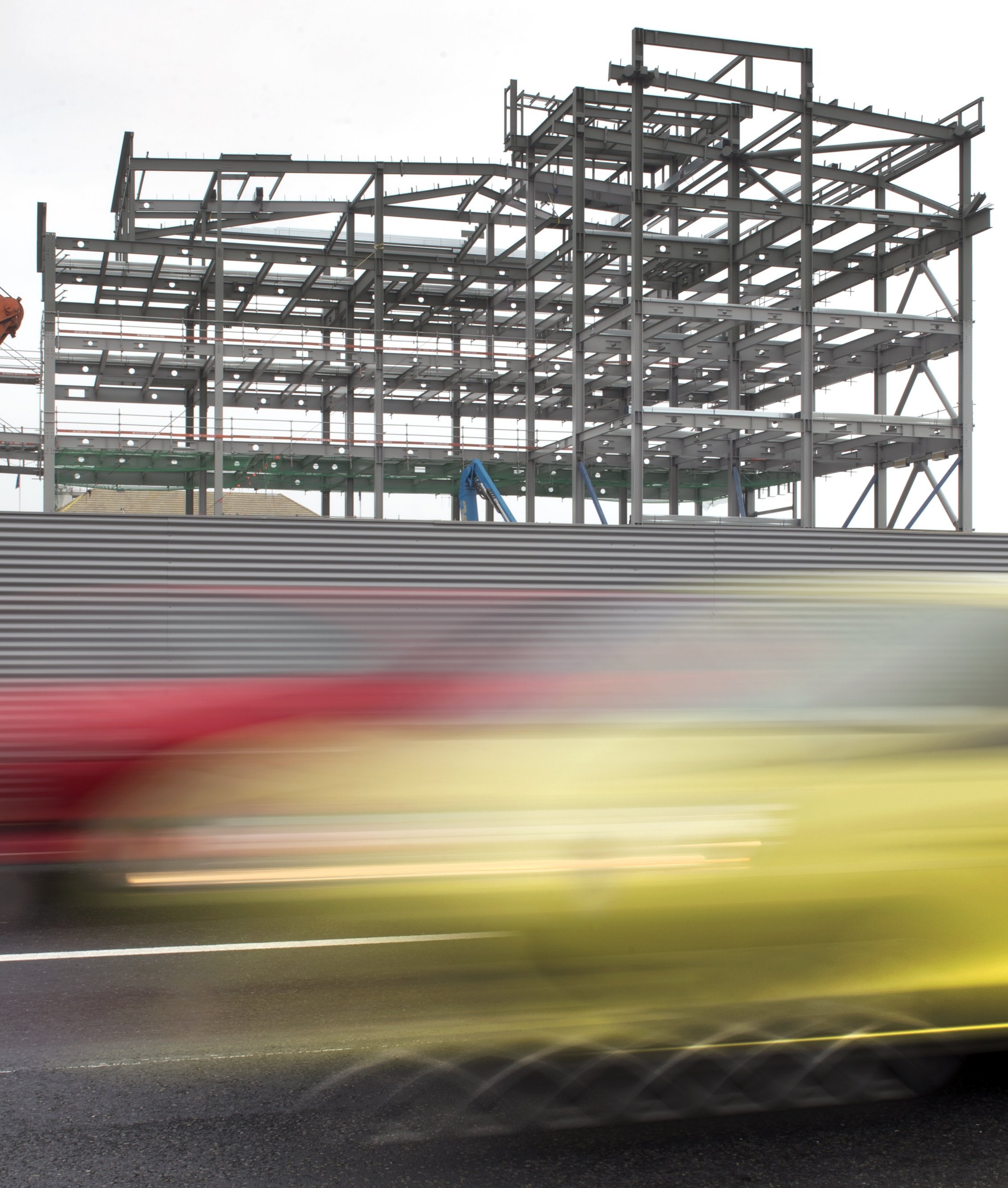
Speed limits for SH 1 in the central city are to be reviewed next year and Waka Kotahi NZ Transport Agency confirmed raised safety platforms might be part of the approach for managing speed.
It has been acknowledged opposition from sectors of the public to any such proposal would be likely.
However, the building of a new hospital in the central city is considered to create an imperative to bring down traffic speeds in the vicinity.
The transport agency has indicated it will say more early next year about what could be proposed.
A lower speed limit on the one-way-north Cumberland St - from 50kmh to either 30kmh or 40kmh - has long been signalled.
It appears the possibility of keeping a 50kmh limit in Castle St ended when it was determined the one-way-south route should stay one-way.
The new hospital under construction is flanked by the SH 1 one-way pair.
Abandonment of an alternative idea of introducing two-way traffic on the routes became a formality this year after the Dunedin City Council and the city’s new mayor, Jules Radich, recommended retention of the one-way system.
Waka Kotahi tender documents for a business case to be undertaken next year into how SH 1 should be enhanced in Dunedin excluded a two-way model.
The work is to include targeted amenity improvements on the one-way system around Queens Gardens, the new hospital and the University of Otago.
It is intended the programme will improve safety and accessibility - particularly for pedestrians and cyclists - and improve the attractiveness of the central city for pedestrians.
Reviewing speed limits is to be undertaken separately from the business case.
However, documentation for the business case highlighted "SH 1 speed limit reduction and raised platforms" in a section about project risks.
This was complementary activity, but "there is likely to be opposition to this work from sectors of the public", which could affect the business case.
The possibility of raised platforms was previously referred to in a 2021 report for Waka Kotahi by the consultancy Stantec.
"Speed management may be challenging to achieve on SH 1 without some or all of the following: signal phasing to slow traffic and prevent green wave, raised platforms, or speed cameras to enforce the speed limit," it said.
Green wave is where traffic lights are co-ordinated to allow traffic to flow through several intersections.
Difficulty in achieving lower driving speeds on SH 1 in Dunedin was identified by Stantec as a programme risk.
"Lower speed limit signs would be posted but the road would remain straight, with wide lanes to provide for freight."
Stantec noted interventions such as raised platforms could be unpopular.
"Public engagement indicated that slowing speeds on northbound and southbound SH 1, and in the core central city area, will be controversial and bring about public debate."
Any difficulty in achieving lower speeds "may mean increased safety risk in locations where pedestrian activity is expected to increase significantly, in front of the new hospital".











